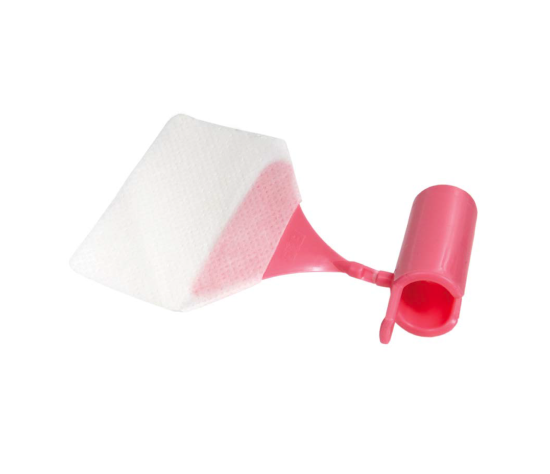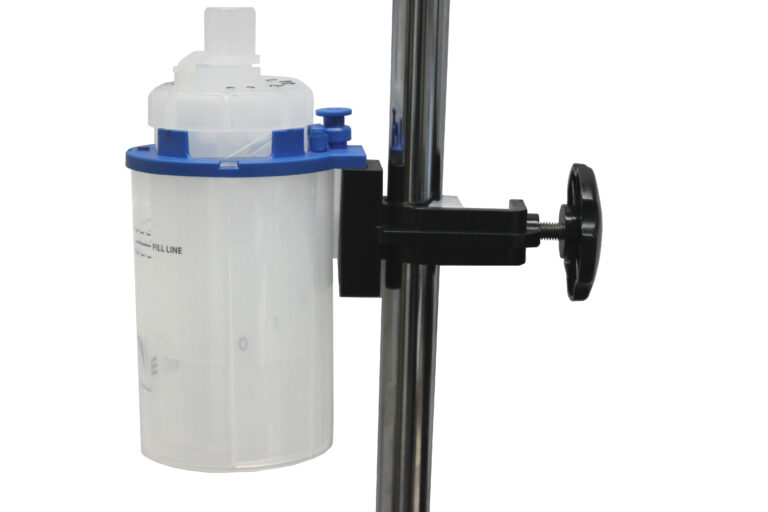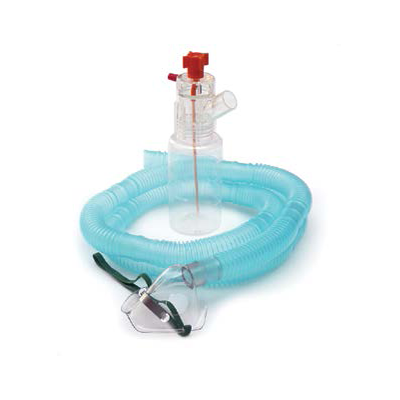Every medical professional knows what “patient safety” means when it comes to airway management. Surprisingly, the smallest and most basic gadgets are frequently the most sought-after gadgets that play an essential role in preventing unforeseen issues. For instance, Bite Block—a device we can’t overlook in anesthesia and critical care.
These unassuming tools—designed to prevent dental trauma and ensure secure airway protection—are among the most valuable assets in both routine and emergency medical settings. If you haven’t considered their importance in your practice or haven’t upgraded your current options, this blog post will make you think twice.
We’ll dive into how Bite Blocks work, their role in dental trauma prevention, and why disposable bite blocks are becoming the go-to option in many clinical environments.
What is a Bite Block in Medical Terms?
During medical operations involving airway management, such endotracheal intubation, a Bite Block is a frequently used equipment. During ventilation and surgery, it helps shield the airway equipment and keeps patients from accidentally biting down on the endotracheal tube (ET tube).
Usually constructed of sturdy materials, bite blocks are intended to fit firmly in the patient’s mouth. During procedures that call for anesthesia, intubation, or mechanical ventilation, they make sure the airway stays open and shield the patient’s teeth and the fragile airway equipment from harm. .
Why Do You Need a Bite Block?
Bite blocks are frequently used in general medicine for procedures like endoscopy, anesthetic, and critical care interventions. These gadgets fulfil a number of crucial purposes:
Prevention of Dental Trauma – Patients may unintentionally bite down on airway devices, which could result in tooth fractures, dental work damage, or harm to the mouth’s soft tissues.
Preservation of Endotracheal Tubes – If a patient bites down hard on an ET tube, it may cause airway blockage or damage to the tube itself.
Better Airway Management – Bite Blocks are a vital tool in critical care settings since maintaining an open airway is essential for successful breathing and intubation.
Types of Bite Blocks
Given their numerous uses in critical care and anesthesia, bite blocks are available in a variety of designs that are suited to particular clinical requirements:
#1. Disposable Bite Blocks for Procedures:
In medical settings, bite blocks are often disposable devices used during procedures like endoscopy or bronchoscopy. They help keep the patient’s mouth open while preventing damage to instruments and providing comfort.
#2. Customizable Designs:
Some bite blocks are designed to be adjustable or customizable for specific patient needs, including pediatric applications or those requiring oxygen delivery during procedures.
Why Bite Blocks are Crucial for Prevention in Anesthesia
Bite blocks reduce the danger of airway blockage and tooth damage, which makes them essential in anesthesia and critical care. Involuntary jaw clenching by patients undergoing sedation or general anesthesia might cause issues during treatments.
According to research, tooth trauma can occur in as many as 30% of patients receiving endotracheal intubation, especially in cases of lengthy or challenging intubations. This may lead to longer recuperation periods and higher medical costs.
Bite Blocks lower the risk of dental injuries, stop unintentional biting, and improve airway safety by serving as a cushion between the patient’s teeth and the airway Setup.
The Benefits of Bite Blocks:
It’s not bite-block orthodontics, but it’s about bite-block dental uses. We often think of Bite Blocks as tools solely for preventing dental damage, but they offer much more. Their role extends beyond simple protection—they enhance patient comfort and improve airway management.
Jaw Stabilization – It’s crucial to maintain the jaw stable in severely ill patients who are sedated or unconscious. A bite block lowers the risk of airway blockage or unintentional tube dislodging by stabilizing the jaw.
Comfort During Ventilation & Intubation – A steady, properly positioned jaw can make treatments less painful for patients, which will result in a more seamless experience.
Reduction of Extubation Risk—An extubation event is less likely when the jaw is kept in a stable position, which also protects the airway (inadvertent removal of the tube).
The Essential Role of Bite Blocks in Anesthesia and Critical Care
Bite Blocks are essential to patient care in anesthesia, critical care, and even orthodontics. These tools lessen the chance of dental trauma, stabilize the jaw, and facilitate safer and easier intubation and ventilation for the patient and the medical staff. However, what precisely makes a Bite Block so successful?
Let’s dissect it.
Bite Blocks in Pediatric and Adult Care: Tailoring the Fit
Pediatric patients require Bite Blocks that are smaller, more flexible, and designed to provide effective protection without causing discomfort. Devices like the Universal Bite Block (Pediatric)™ by B&B Medical Technologies ensure optimal airway protection for young patients.
For adult patients, more robust Bite Blocks like the Bite Proof Bite Block™ provide maximum protection and durability, accommodating larger teeth and stronger bite forces.
The Rise of Disposable Bite Blocks: A Practical Solution for Busy Healthcare Settings
In recent years, disposable bite blocks have grown in popularity because of their convenience and hygienic benefits. Disposable Bite Blocks save time by removing the requirement for sterilization, which lowers the danger of cross-contamination in hectic medical settings including intensive care units (ICUs) and emergency rooms.
These single-use gadgets are perfect for high-turnover medical environments because they guarantee that each patient receives a fresh, sterile Bite Block.
Best Practices for Using Bite Blocks in Anesthesia and Critical Care
It’s important to position and maintain your Bite Block correctly to get the most out of it. Here’s a little tutorial on making efficient use of Bite Blocks:
Preparing for the Procedure:
Choose the right Bite Block size depending on the patient’s age and dental characteristics prior to intubation or any other airway treatment. Make sure the gadget is clean and in good condition.
Appropriate Positioning:
Gently insert the Bite Block between the patient’s teeth, making sure it maintains the jaw’s open, stable position without causing pain.
Keep an eye on the Device:
Throughout procedures, make sure the Bite Block is firmly in position and that the patient isn’t accidentally biting down on it or any other airway devices.
Post-Procedure Care:
To ensure hygienic standards are met, discard of disposable bite blocks after the procedure and swap out reusable models for ones that have been washed and sanitized.
Secure Patient’s Life With Quality Bite Block Solutions
In our experience, Bite Blocks are not just a nice thing to have but essential in critical care and anesthesia. These simple yet efficient tools can greatly enhance patient outcomes by protecting airways and preventing tooth trauma. Thanks to innovations like disposable biting blockers, ensuring patient safety has never been simpler or more effective.
We at B&B Medical Technologies recognize the importance of having reliable, supreme-quality airway management equipment. Our products, such as the Universal Bite BlockTM and Bite Proof Bite BlockTM, have undergone extensive testing and clinical validation to provide the highest level of comfort and protection for patients in a variety of clinical situations.
With more than thirty years of expertise, we have gained the confidence of medical professionals all over the world by providing solutions that are not only safe but also efficient in demanding, real-world settings.
Visit B&B Medical Technologies right now to learn more about our clinically proven Bite Blocks and to ensure your practice is utilizing the greatest airway protection available.
Let’s keep enhancing patient care, one small step at a time.


